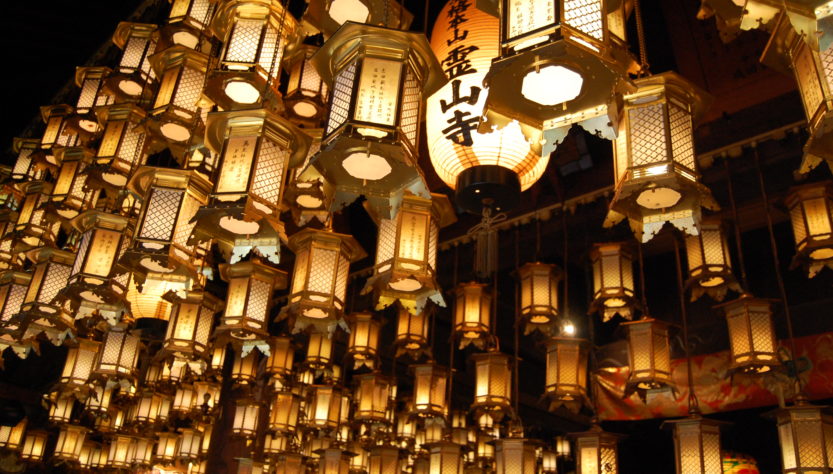This time, I went to “Eest Tokushima” and introduce you to a very enjoyable and delicious experience!!
Set off on an ancient pilgrimage around Shikoku’s 88 sacred Buddhist temples.

Walk the spiritual path of Buddhist monks in a pilgrimage first undertaken over a thousand years ago. Visit the first 23 temples lying within Tokushima’s borders in a journey of self-discovery.

If you’re interested in taking part in something more spiritual whilst in Japan the 88 temple pilgrimage is highly recommended. Approximately 1,200 years ago a famous monk known as Kukai (also known as Kobo Daishi) established a route of 88 temples on the island of Shikoku starting in Tokushima prefecture.
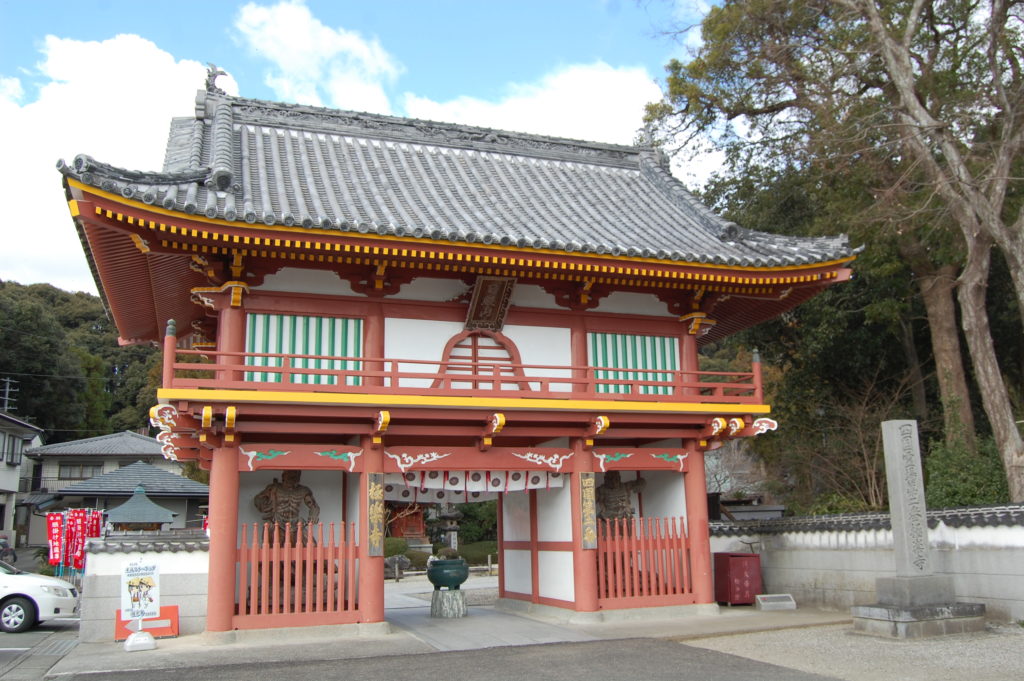
Originally the pilgrimage was believed to vanquish the 88 desires held by man but many people now believe their wishes will come true once they have completed the full pilgrimage. However, others just want to experience a little bit of healing or to touch a piece of history. No matter what religion or nationality everyone is welcome to join in the pilgrimage.
You can purchase a special outfit (white garments, a sedge hat, staff, and stole) if you wish to truly immerse yourself in the pilgrimage, though there is no requirement to purchase special items.
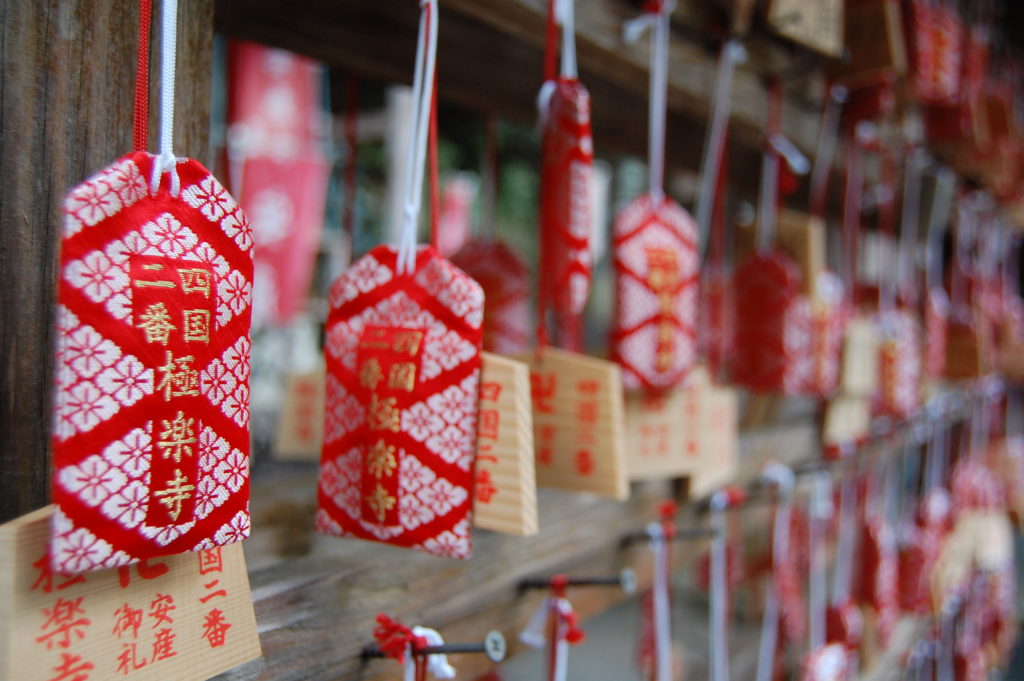
Ryozenji Temple
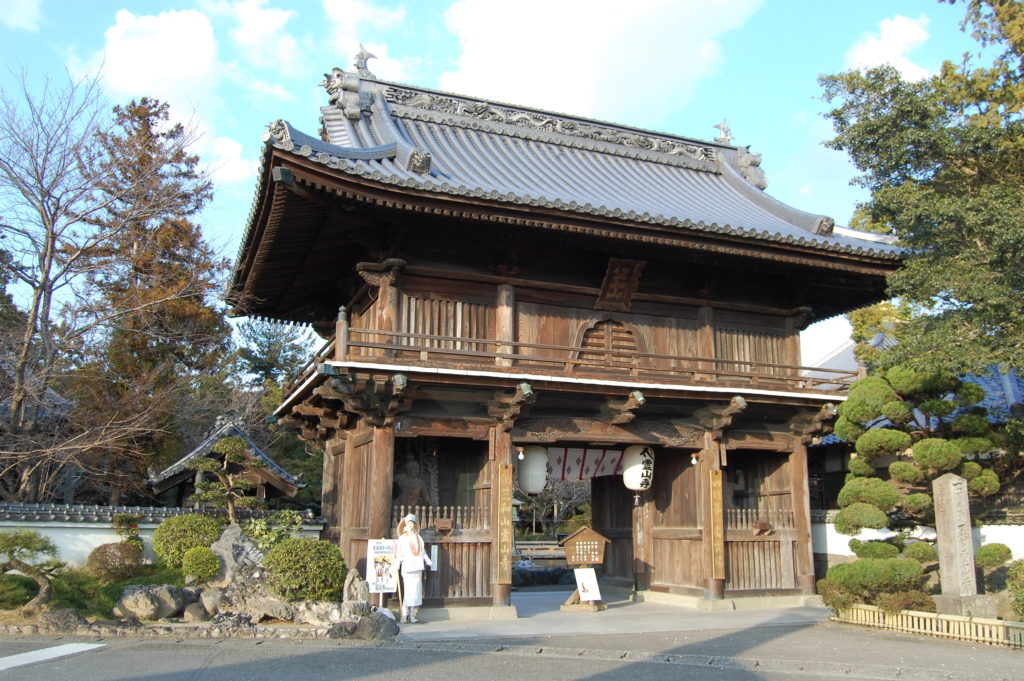
Some people believe it’s best to complete the pilgrimage in order but it’s your choice. The first temple on the pilgrimage is Ryozenji Temple where you’ll find a statue of Kannon, the goddess of mercy, as well as many other statues throughout the grounds. Step inside the main hall and gaze upon the hundreds of glowing lanterns hanging from the ceiling. Keep a look out for a large painting of a dragon hidden amongst the lanterns.
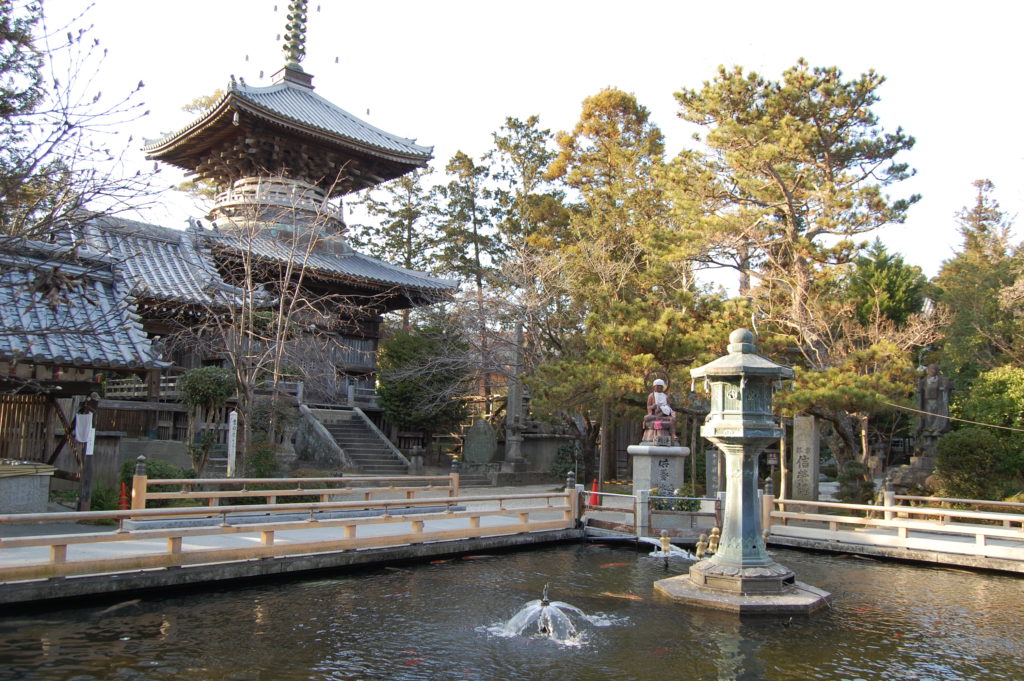
Experience the art of indigo dyeing and take home your very own piece of Japan Blue!
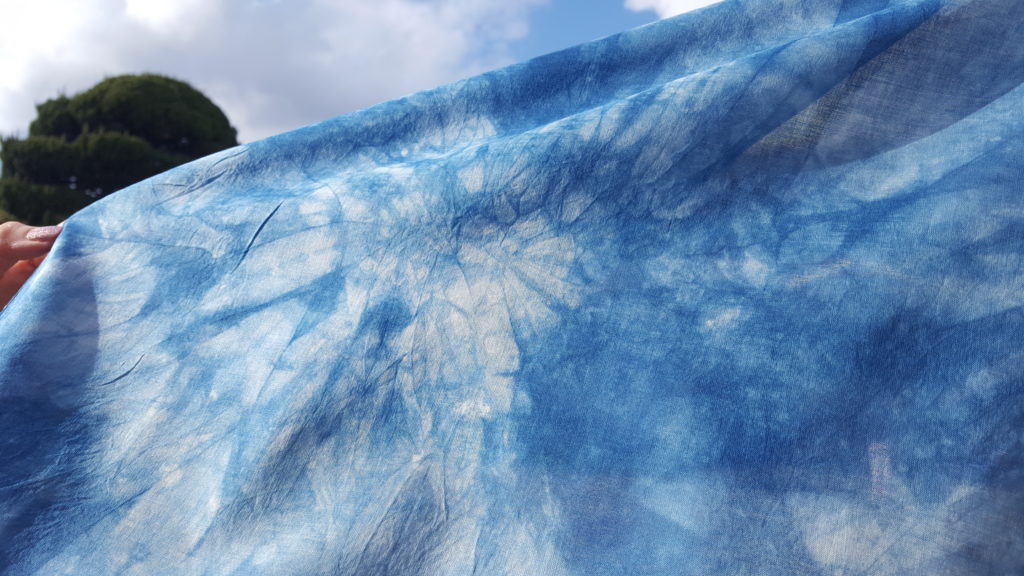
Learn about the unique characteristics of indigo dyeing as you experience the process handed down through generations.
Experience the art of indigo dyeing for yourself and create a lasting memory you can easily take home and show your friends and family.

Indigo Dyeing Experience
Throughout the entire prefecture of Tokushima are many different places where they offer the experience of indigo dyeing. You can choose from a variety of different types of items such as coasters, handkerchiefs, stoles, and T-shirtsFirst, choose your desired item and then choose a pattern (most places have several different dyeing patterns to choose from).
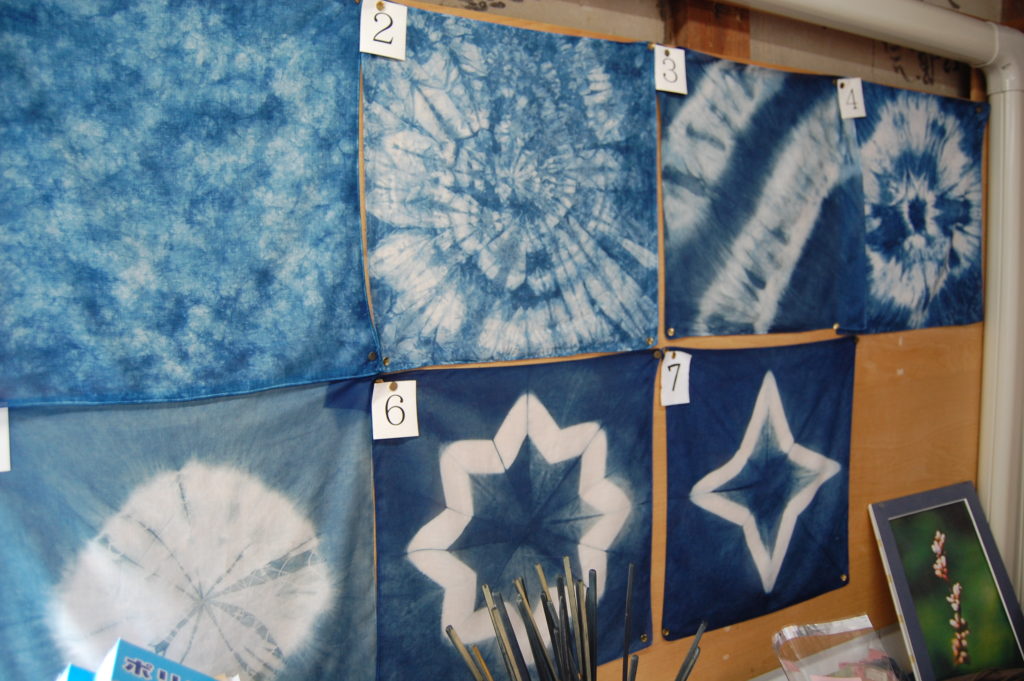
After that, put on an apron and gloves and you’re ready to head over to the dyeing tubs. The staff will explain how to fold your cloth in order to get the desired effect and colour. The cloth needs to be dipped into the indigo tubs a multiple of times and allowed to dry in between for a few minutes in order for the process to take effect.
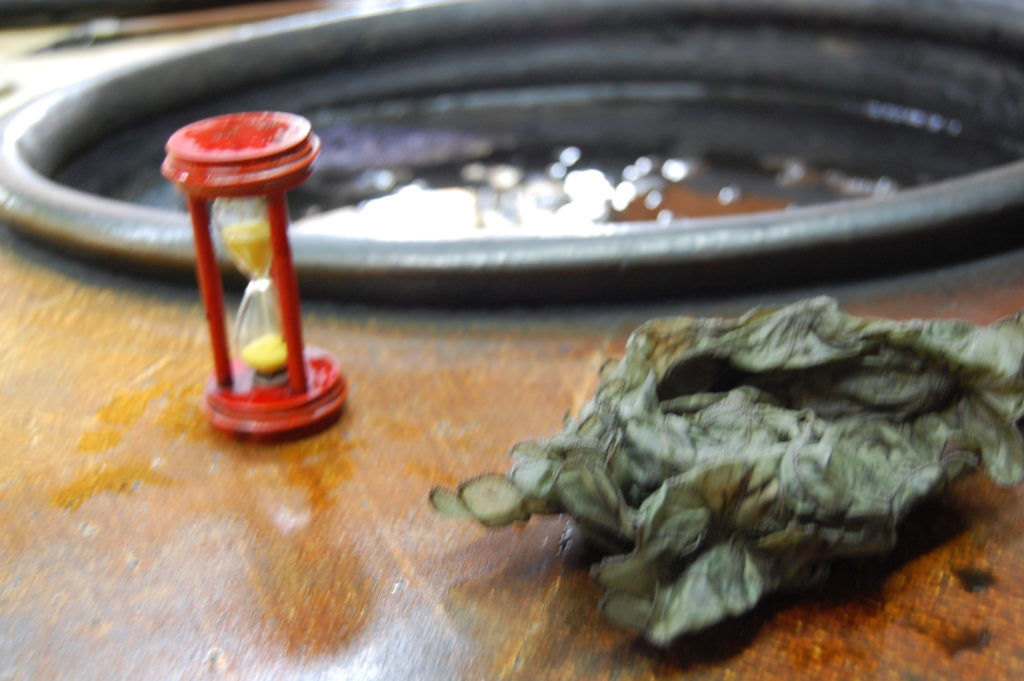
The more times it’s dipped into the indigo the darker the finished product will be.

At first the cloth may appear to take on a slightly green or black colour but after it’s been washed, dried, and ironed you’ll have your very own piece of “Japan Blue”.
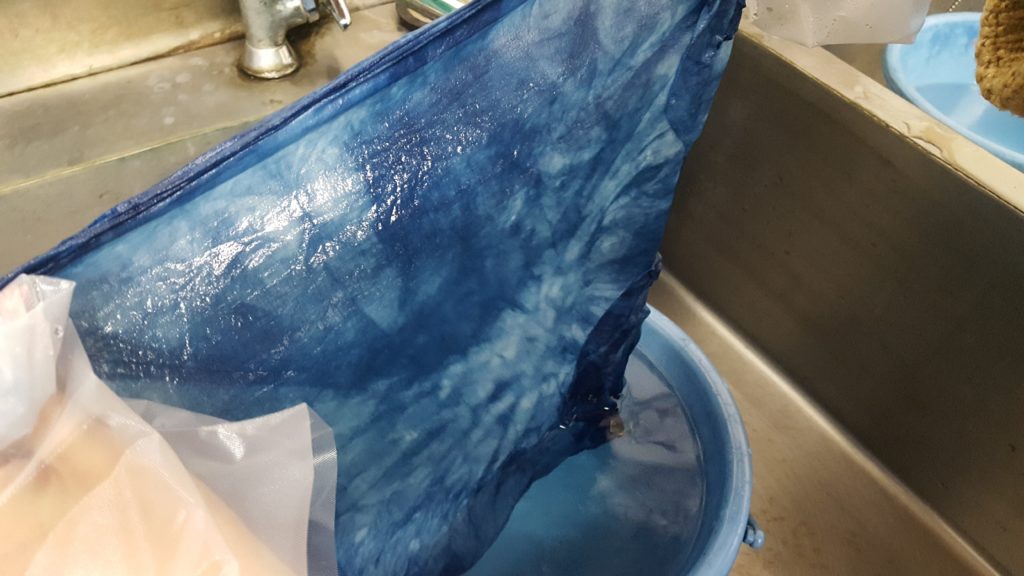
Products Dyed with Indigo
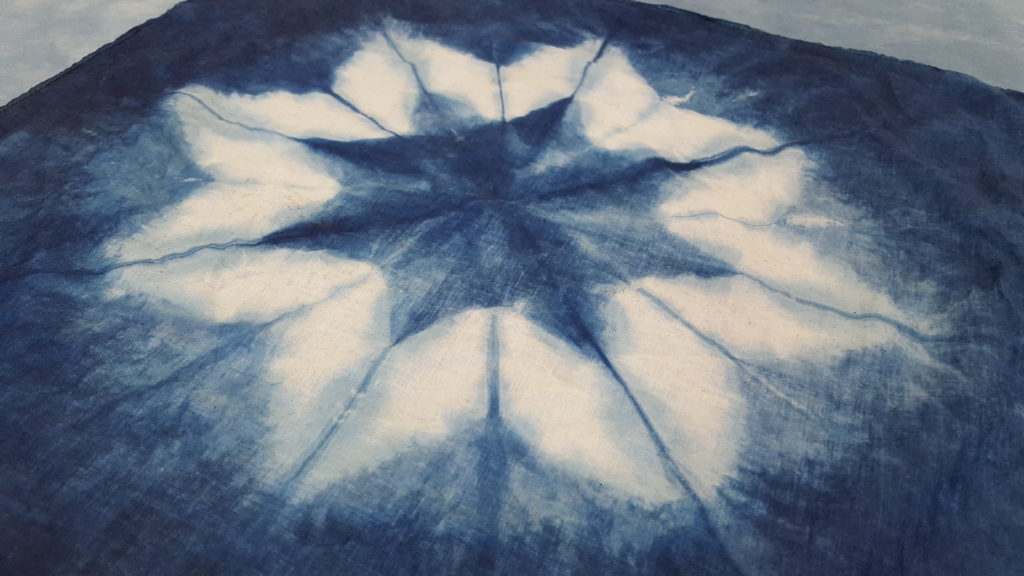
Indigo dyeing is one of the traditional crafts in Tokushima prefecture which has been continued since ancient times. It spread throughout Japan during the Edo Era as the common people were forbidden from wearing elaborate colours and luxurious fabrics. The dye is made using the indigo plant, native to Tokushima prefecture, and a special dyeing method to colour the thread and fabric.

Natural indigo is said to aid poor blood circulation, repel insects, keep away the cold, and be gentle on sensitive skin. It was also used as bandages because of its sterilizing properties.
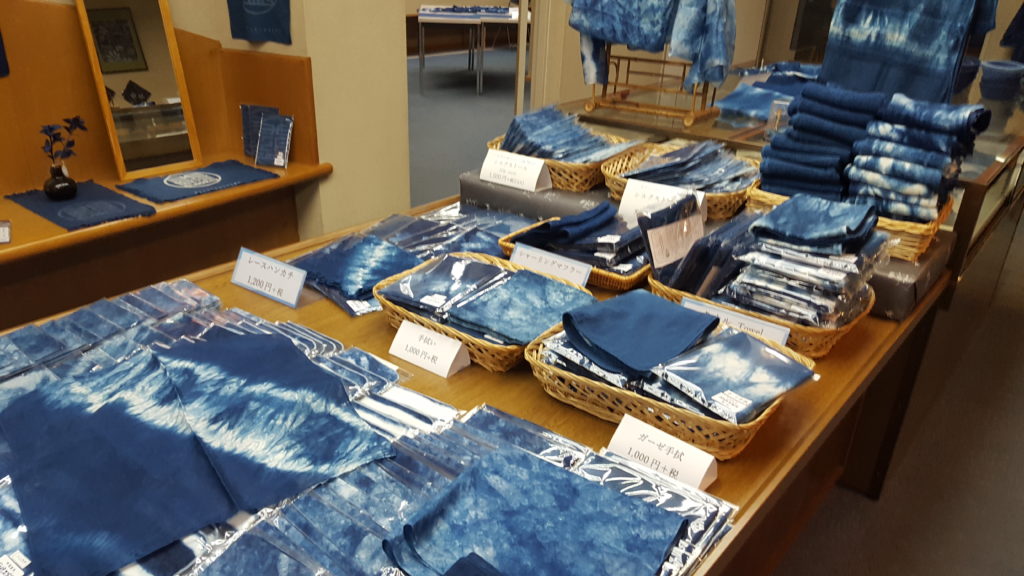
You can find many items of clothing, handkerchiefs, tapestries, coasters, hair accessories, ties, and even soap made with indigo dye!
In Japan it’s believed to be a lucky colour associated with victory and was often worn by samurai in the past. Nowadays it’s used by the national soccer team.
More about “East Tokushima”
http://travel.east-tokushima.jp/en
Facecbook “East Tokushima Spirit of Shikoku”
https://www.facebook.com/east.tokushima.en
written by M.Y.

